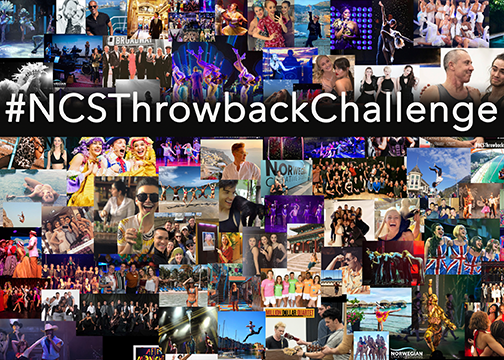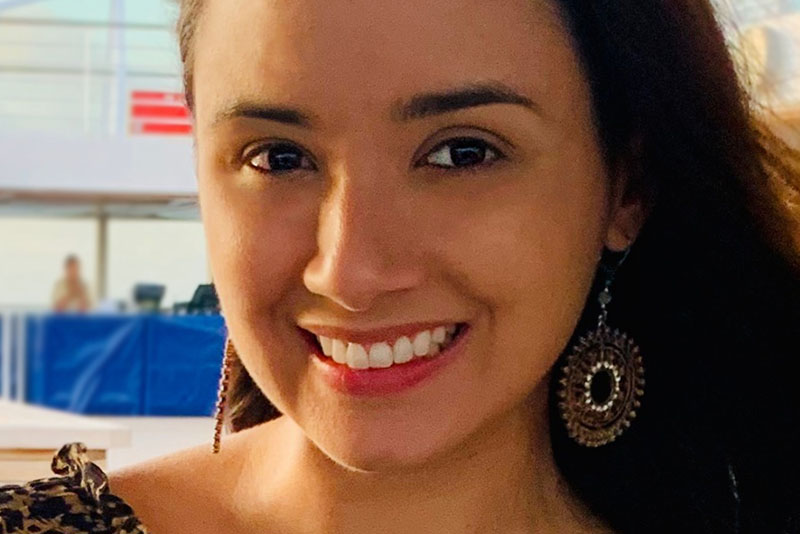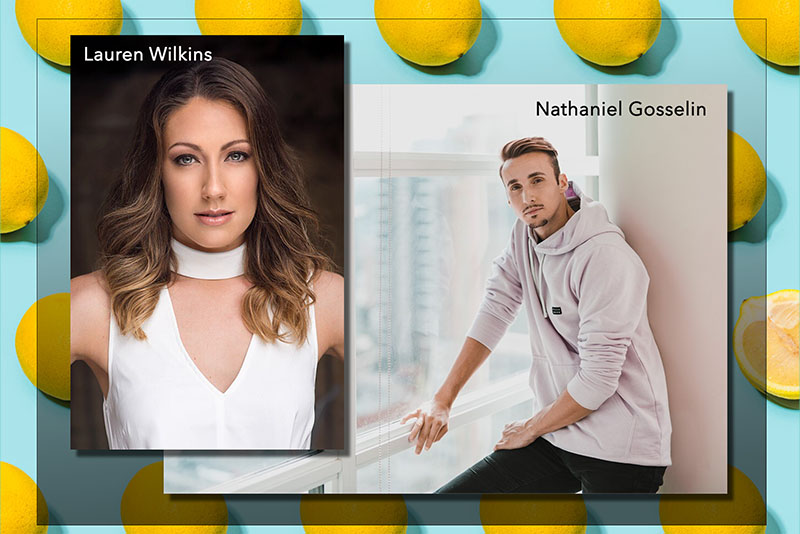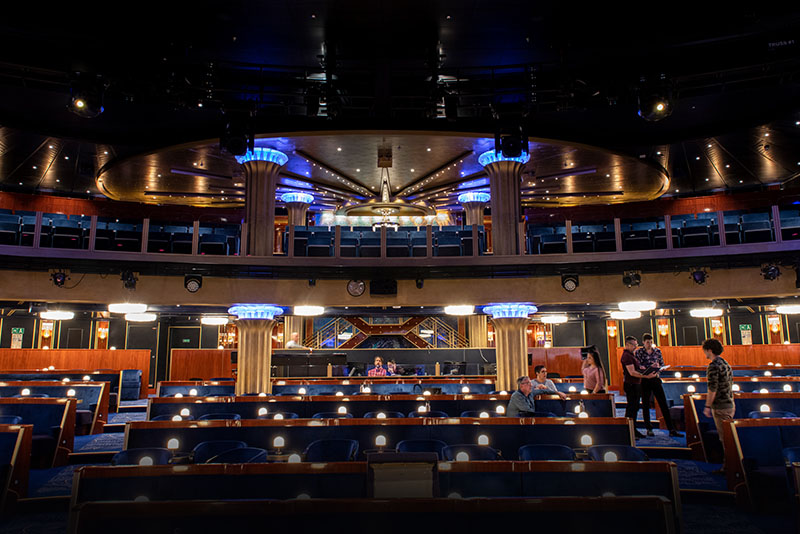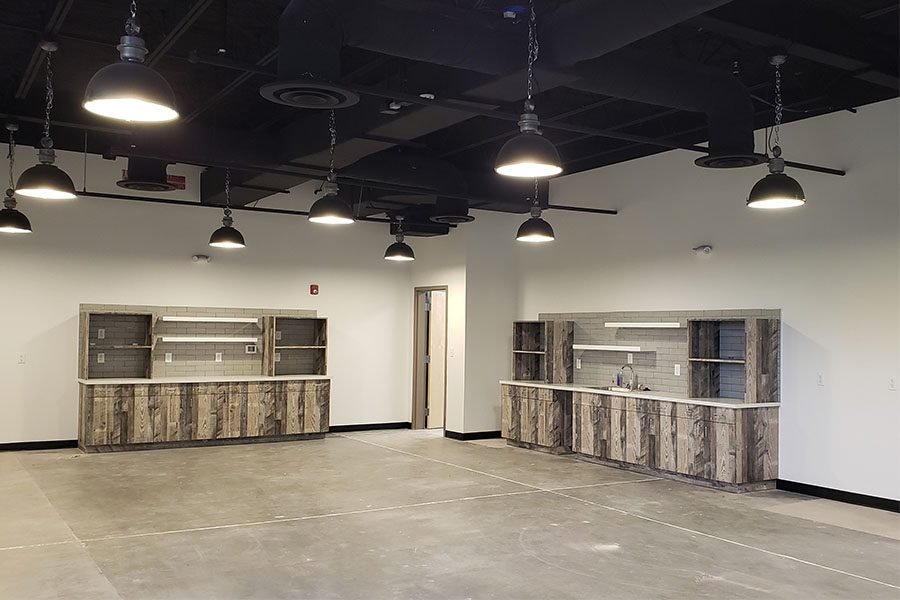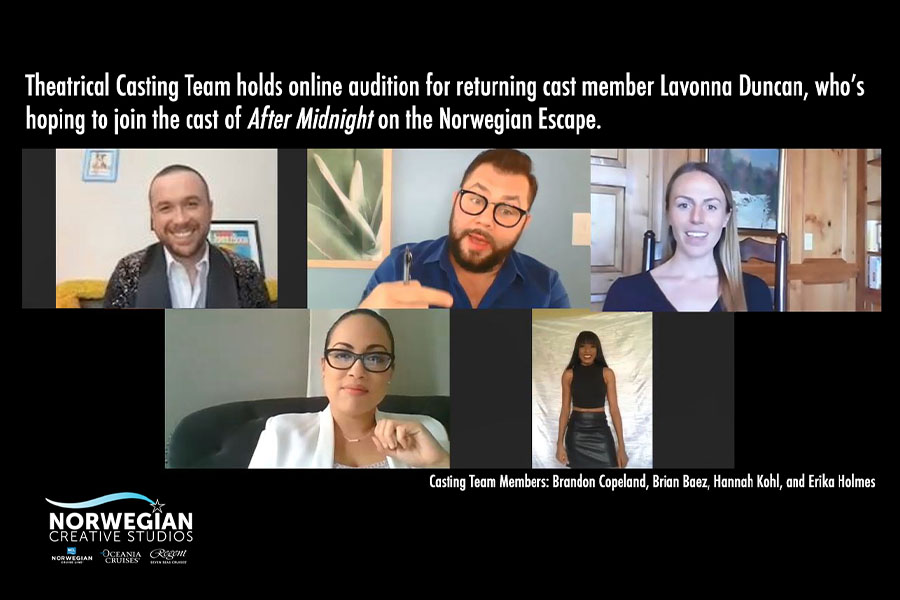Discussions with Designers
Every show we produce requires sensory balance; Audio echoes and complements what we see visually; sound mixing and room design support the energy of the performance; staging and lighting direct our attention and set the mood; costumes, scenery and props create atmosphere, while the choreography and musical score drive our emotions. More recently, video walls and projections have been added to this list, enhancing visuals and further immersing audiences.
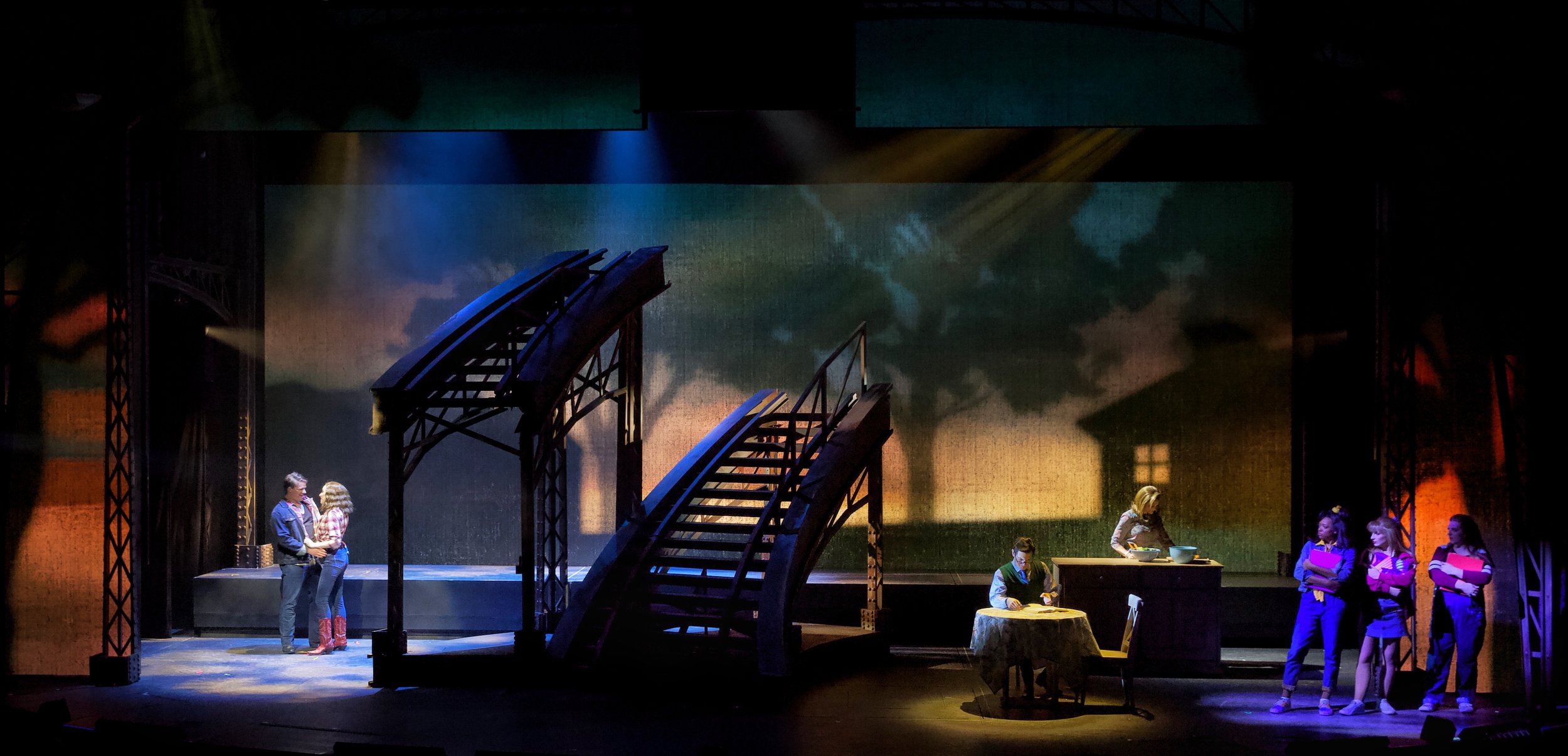
FOOTLOOSE ON NORWEGIAN CRUISE LINE
Video content has been a blessing for cruise line productions, minimizing storage of large scenery in small backstage spaces whilst providing an onboard solution for backdrops, and creating a richer experience for our audiences. With technology improving exponentially in recent years and the cost to deliver these displays becoming more affordable, we’re now able to implement high quality, video walls on all of our vessels.
However, if not carefully executed, this new element can overpower and dominate a stage. The designestager’s challenge becomes how do we bring in this new technology without throwing off the fine balance of a production?

Today we talk to Caite Hevner, one of the designers helping NCS create and install content onboard our vessels. Caite is currently working on a project for Regent Seven Seas, has previously launched the new entertainment program on the Norwegian Spirit, and created all of the video content for Footloose on the Norwegian Joy.
We asked Caite: How did you first get involved with Norwegian Creative Studios?
I was recommended for Footloose by scenic designer, Jason Sherwood. It was a dream project, getting to work with a close friend and collaborator to create an emotional envelope for the production. The team included several other longtime collaborators, like lighting designer Cory Pattak and choreographer Nick Kenkel – as well as some new collaborators who I had wanted to work with for years.
Can you talk us through what your workflow might look like when you’re asked to join a project?
The first thing I will do is familiarize myself with the project – reading a script and listening to the music. I try and get a sense of what type of story we are telling before I start to think about visuals. What does the show want to feel like? What is the arc of the show? This leads to a series of conversations with the rest of the creative team, where we compare ideas and begin to form what the production should be. This leads to research and sketching and starting to put visuals to the storytelling ideas we have been discussing.

When you’re creating content for a new production, like Footloose, how much are you collaborating with the lighting and scenic designers?
We are constantly in communication. Once we decide what story we want to tell, we get to decide who will be telling what pieces of the story. Footloose is a great example. Jason’s set was a steel railroad track curving up and out of sight – showing the hard reality of the town. To complement this, the projection design became based on paintings and shadows – showing the expanses of big sky and the beauty of the plains; the potential beauty within the town. This allowed the stage picture, using the same physical elements, to hold a variety of emotional stages – from Ren’s initial angst traveling to Bomont, to falling in love during “Almost Paradise,” to the joy of the finale dancing to the title track, “Footloose.” In Footloose there were also lights built into the scenery that played against the LED walls, so the lighting designer was constantly communicating about colors, levels, and timings, and more largely about mood and the arc of the show.
Though subjective, can you give our readers a rough idea of how much work and time goes into creating just one minute of content?
I think the answer to this can be broken into a few chunks of work. First are the initial creative phases – working with the director, music director, choreographer, and other designers, as we start to decide what story we want to tell. This process is broken up over weeks or months, and during this time we often don’t talk about what the projections specifically will be, so much as what the story will be and how we want it to feel. From there I’ll research, create storyboards, and start sketching what each scene will want to look like. We discuss these within the creative team, and then we move into the next phase of producing the content.
My team and I create each piece of screen content on stage from scratch – it’s all original content that can only be seen in these productions. A favorite example of original content we have made is again from Footloose. A new piece of music was composed for this version of Footloose, and original choreography by Nick Kenkel showed Ren’s journey from Chicago to Bomont in around a minute of stage time. For this moment in the show, we created a fantastical journey from the inside of a nightclub, through Ren’s traveling out of Chicago and to the great plains, and eventually landing within a church. This content included original paintings, 3D content, and animations. Actually creating the digital file you see on stage took roughly 120 hours of work to produce.
Once we have the first draft of a show, we go into technical rehearsals, where we see all of the elements of the show together on stage for the first time. During this we do notes and make changes, sometimes tweaks, sometimes full reimaginings of scenes. Depending on the show, we get to be in the theater all together for about 2-4 weeks, all the while making adjustments and changes to make sure the show is just the way we want it to be.
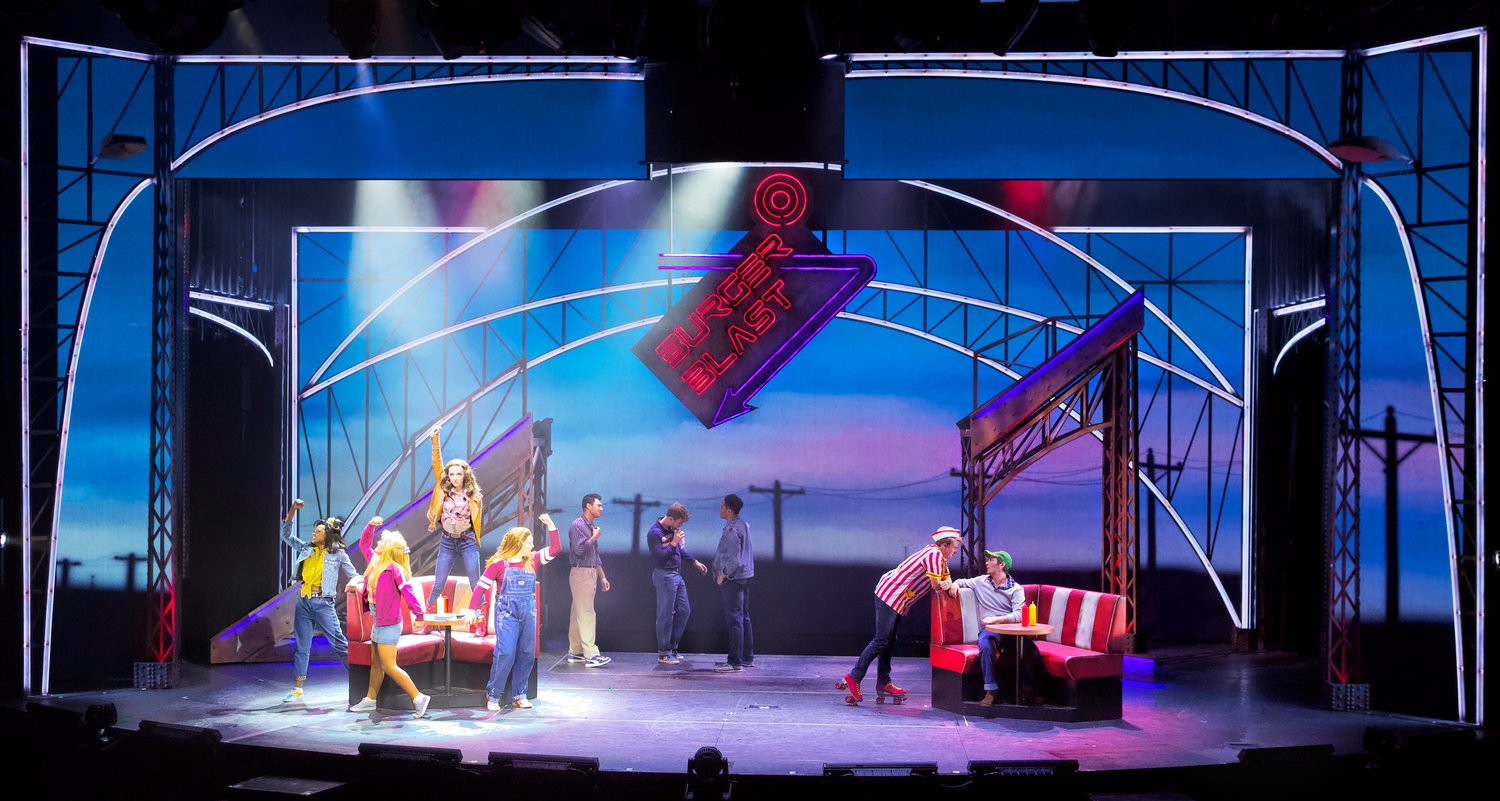
What part do you think video/projection plays in the overall production?
think this changes for each production and each moment. Part of the creative process is deciding the role of the video amid the rest of the stage picture. Is it serving as special effects? Is it acting as a physical environment? Is it serving to show emotion? Is it a window into the characters’ subconscious? Another way to ask this is – what would happen if we turn off all of the projection content. What would be lost from the show/ why is it essential?
What do you see as the future of video content and projection? Do you see it evolving to become even more an integral part of productions or possibly being overtaken by another technology like augmented reality?
I think one of the most exciting parts of working in video is how quickly technology is changing. Even just 10 years ago, we weren’t imagining the uses we think of as commonplace in today’s productions. My main focus is always the storytelling – how the visuals can promote the telling of the story, and give the show depth that it wouldn’t have otherwise.
What drives me to create theater is the act of humans coming together in a space – the collective viewing of live humans telling a story. I think in the past few months we have all developed a consciousness of how important the physical act of coming together is for the human experience – despite having technologies like Zoom that could, on paper, replace human interaction. In this way, I’m not concerned if in 10 years my medium will be projectors, or LED walls, or technologies unknown. I know that whatever technology we will be using, I will be using it to support storytelling, for people who have come together to collectively witness an event.
After speaking with Caite, it's clear that as long as all teams work together, not losing focus on the story being told, we can leverage technology to elevate the theatrical experience and make it easier for our guests to be immersed, but not overwhelmed in the production - finding the perfect balance. I look forward to seeing what comes out of our collaborations with Caite moving forward and her work on the Regent Seven Seas project, hopefully, sooner rather than later.
Next time we’ll dig into some of the creative physical elements of our productions as we look at what role scenery plays in bringing stories to life. Until then, stay safe.

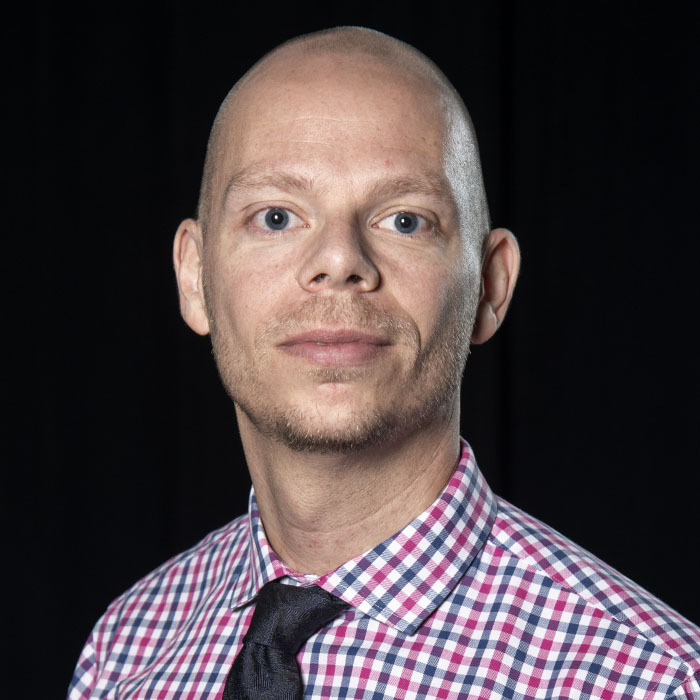 Ian Harvey
Ian Harvey